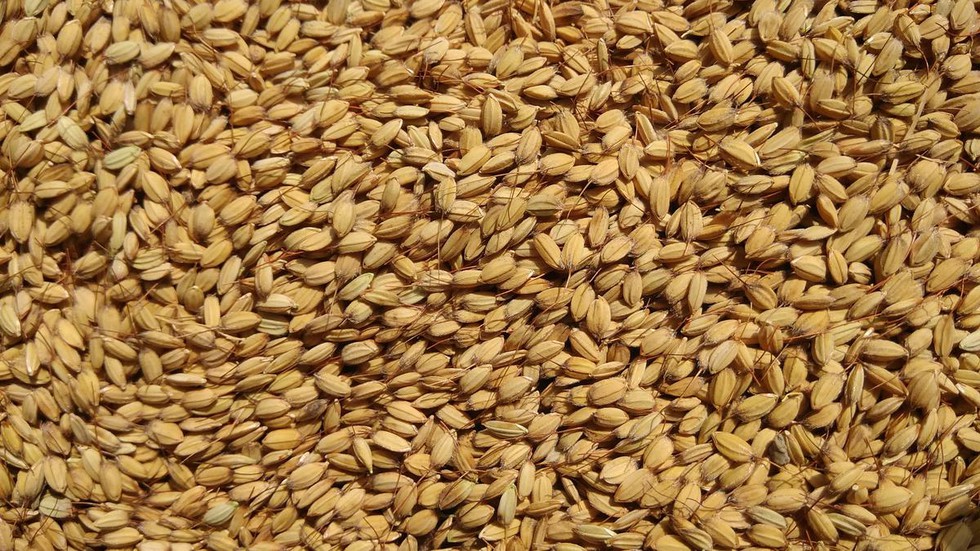About Mushk budiji Rice:
- It is short, bold aromatic rice grown in the higher reaches of Kashmir valley. It possesses a harmonious blend of taste, aroma and rich organoleptic properties.
- It is mainly grown in areas of Sagam, Panzgam and Soaf Shali of district Anantnag.
- The consumption of aromatic rice in Kashmir has now been limited to special occasions, marriages and festivals. It has received a Geographical Indication (GI) tag.
Highlights of the study:
- Scientists conduct a study of selected locations on the flavour profile of mushk budiji using gas chromatography-mass spectroscopy (GC-MS) and an ‘electronic nose’.”
- Based on these studies, the scientists identified 35 volatile organic compounds (VOCs) in mushk budiji rice samples.
- Acetyl-1-pyrroline (2-AP) is a known aromatic compound found in some varieties – but it was present only in mushk budiji samples collected from higher altitudes.
What is Chromatography-mass spectroscopy?
- It is an analytical method used to reveal the presence of volatile compounds present in organic mixtures extracted from geological, environmental and biological samples.
